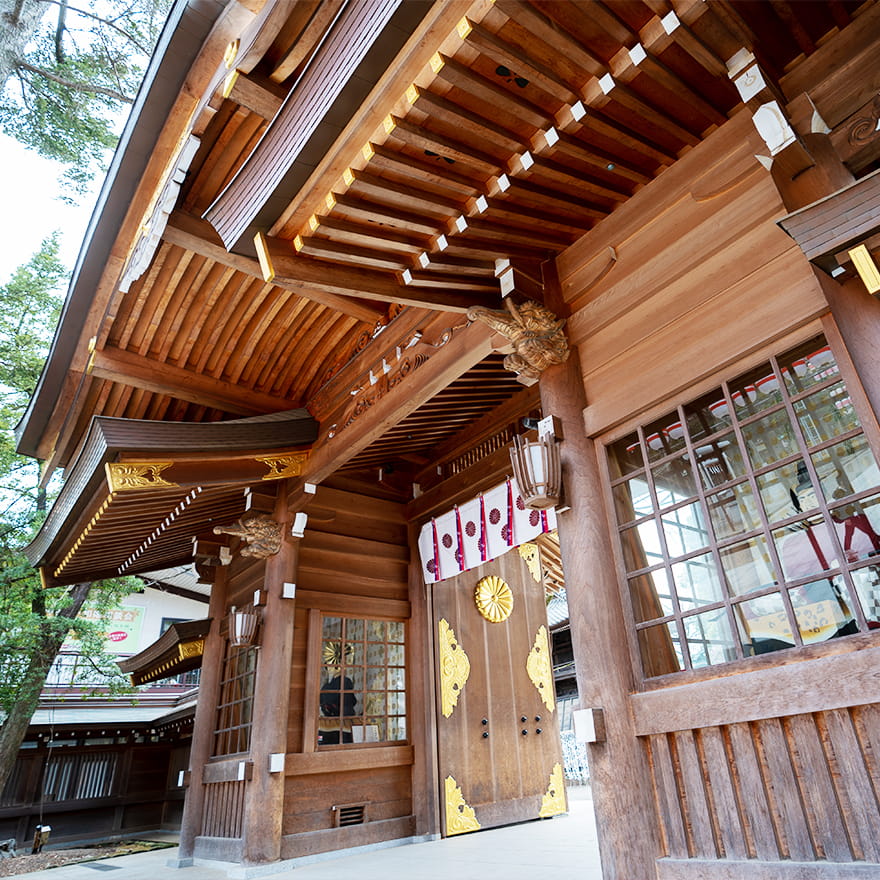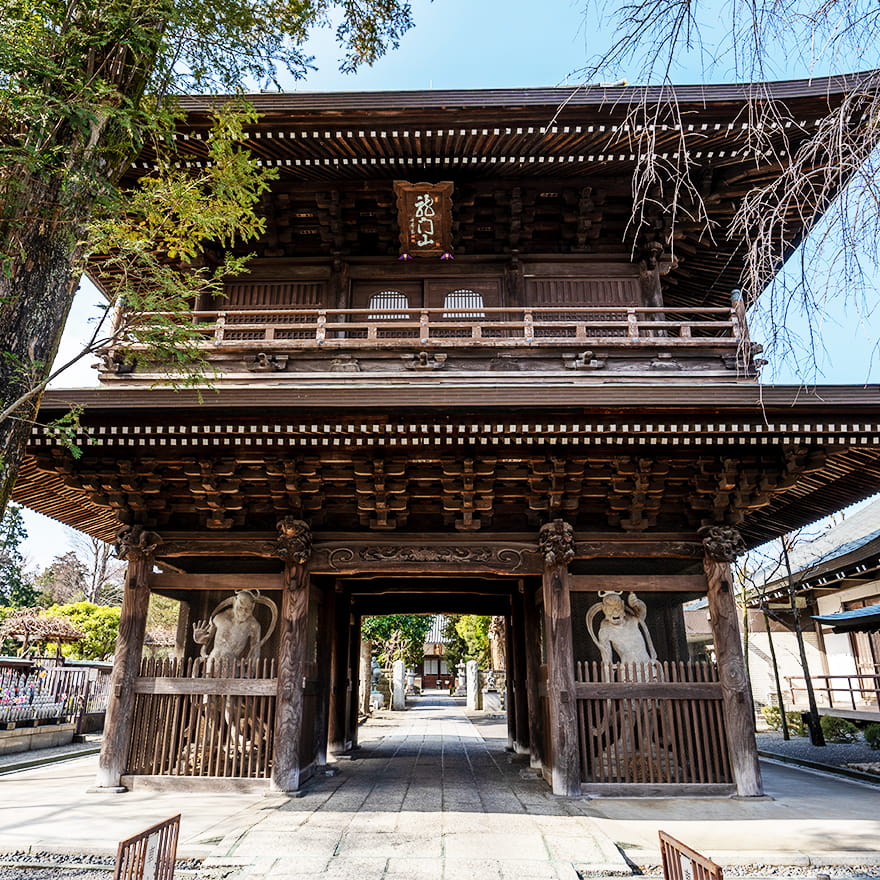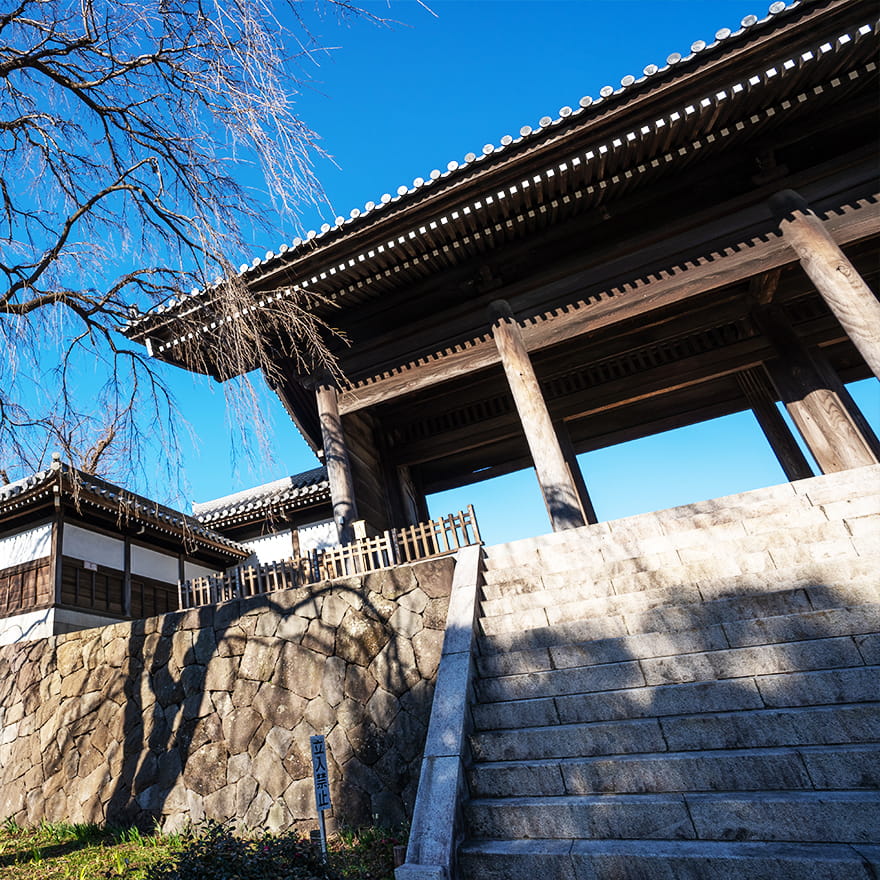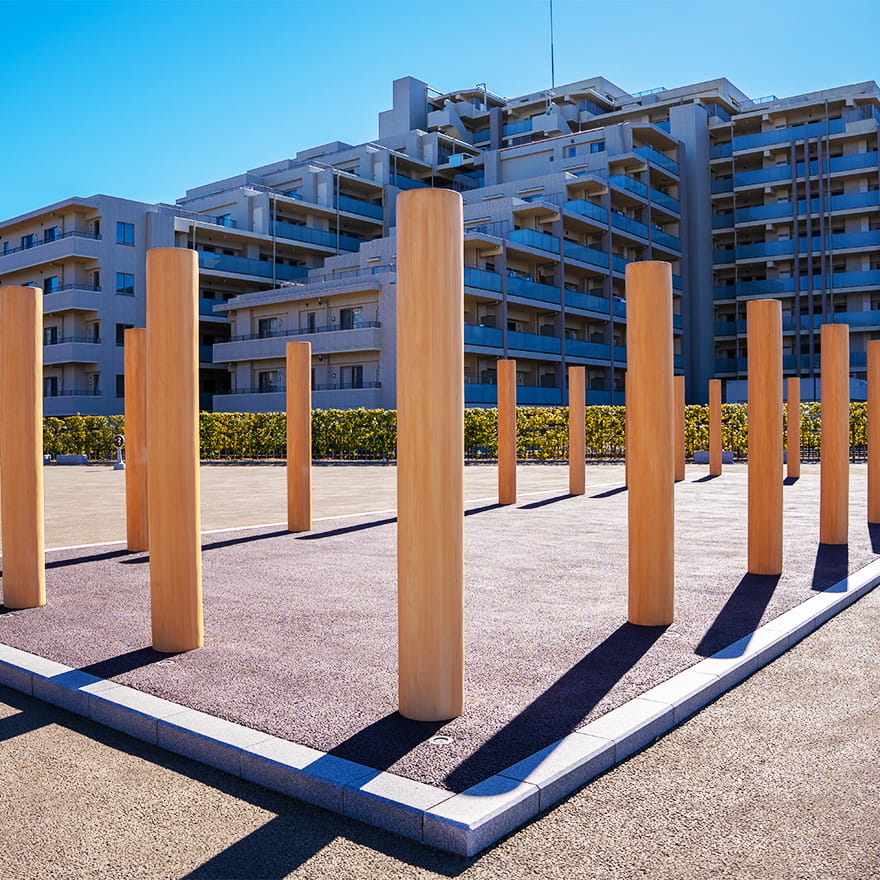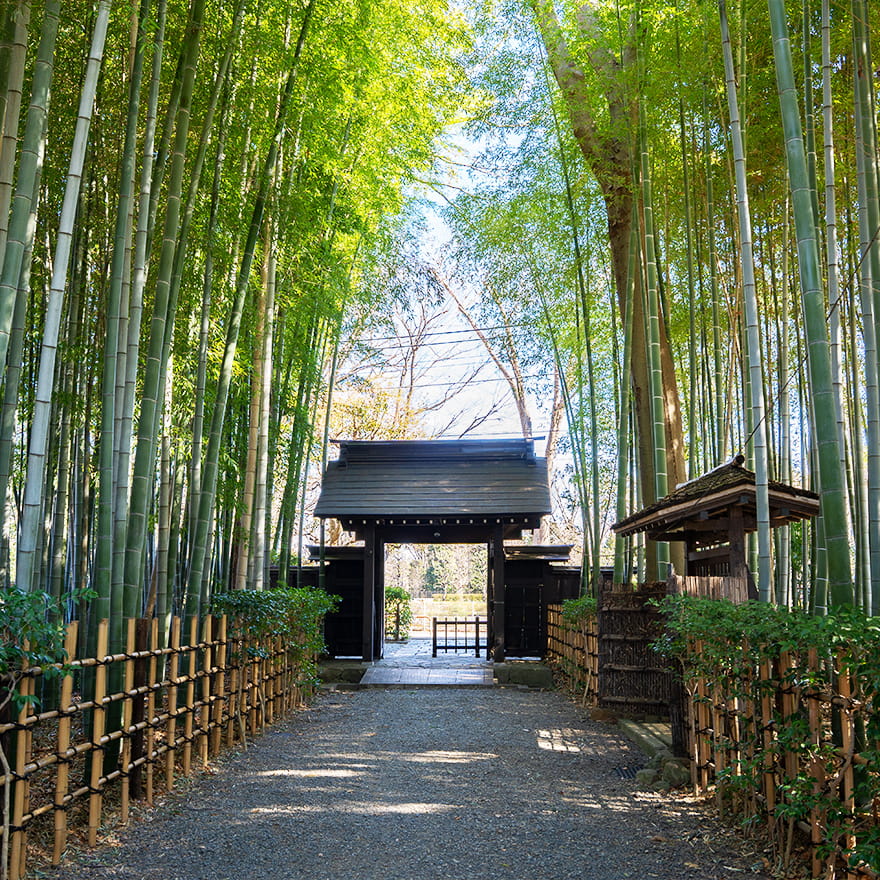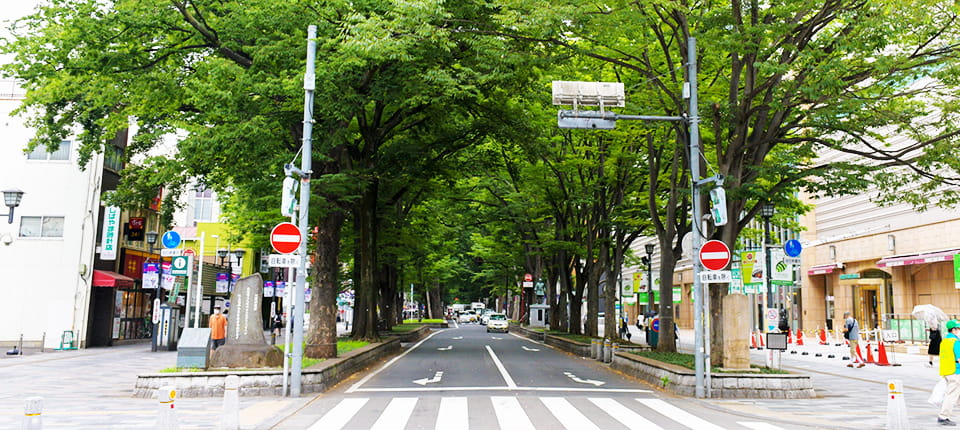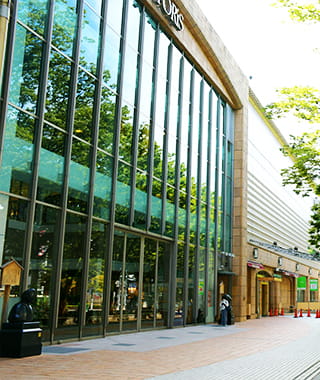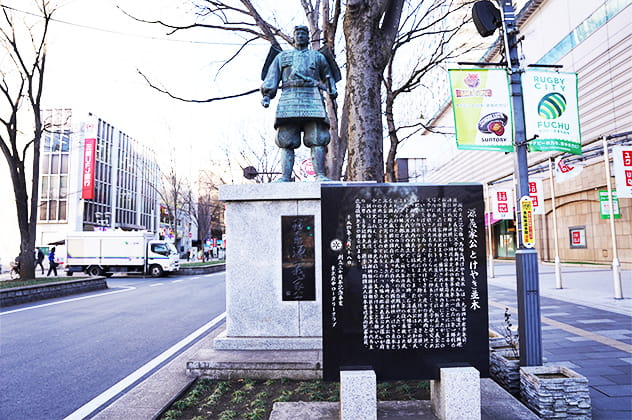

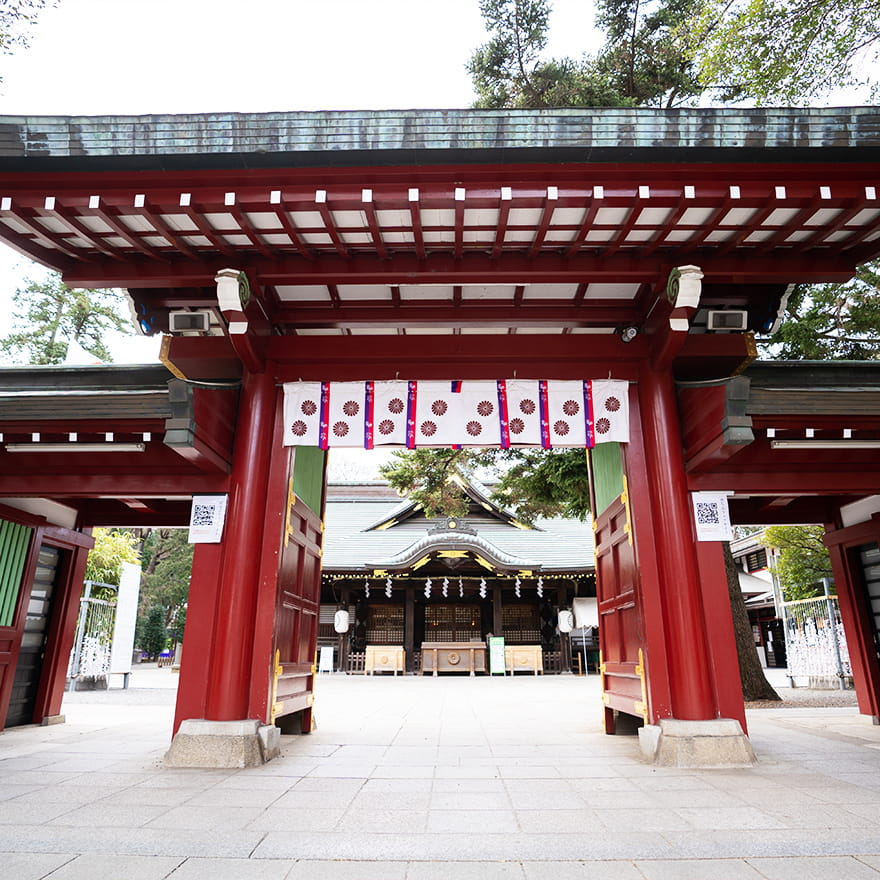
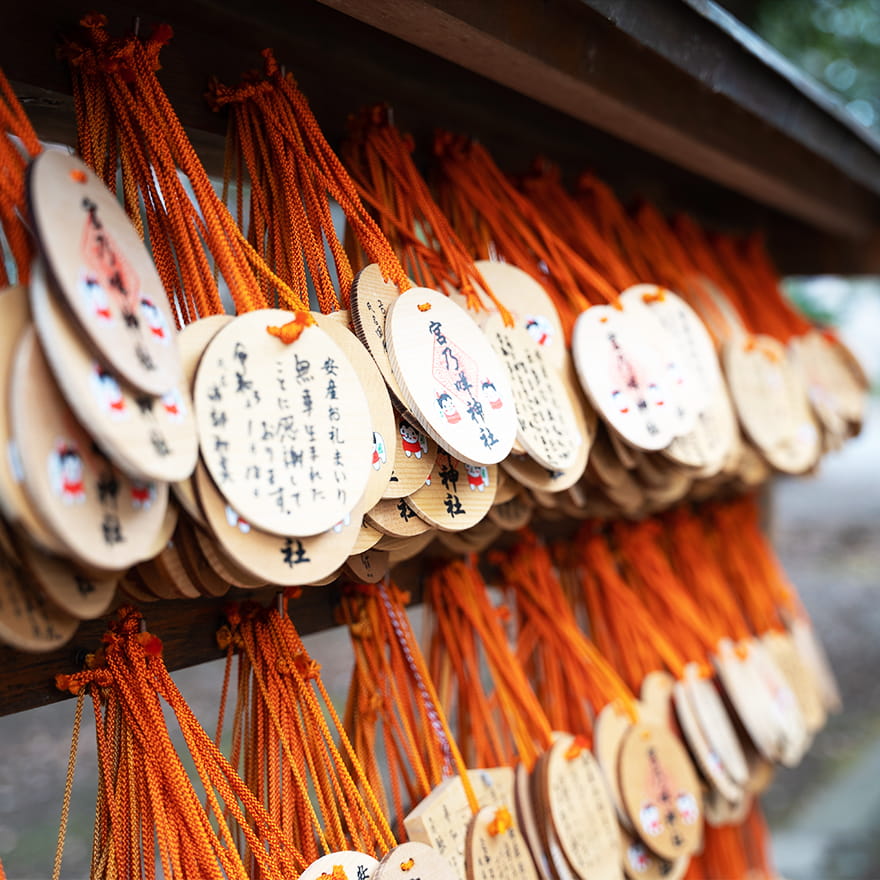
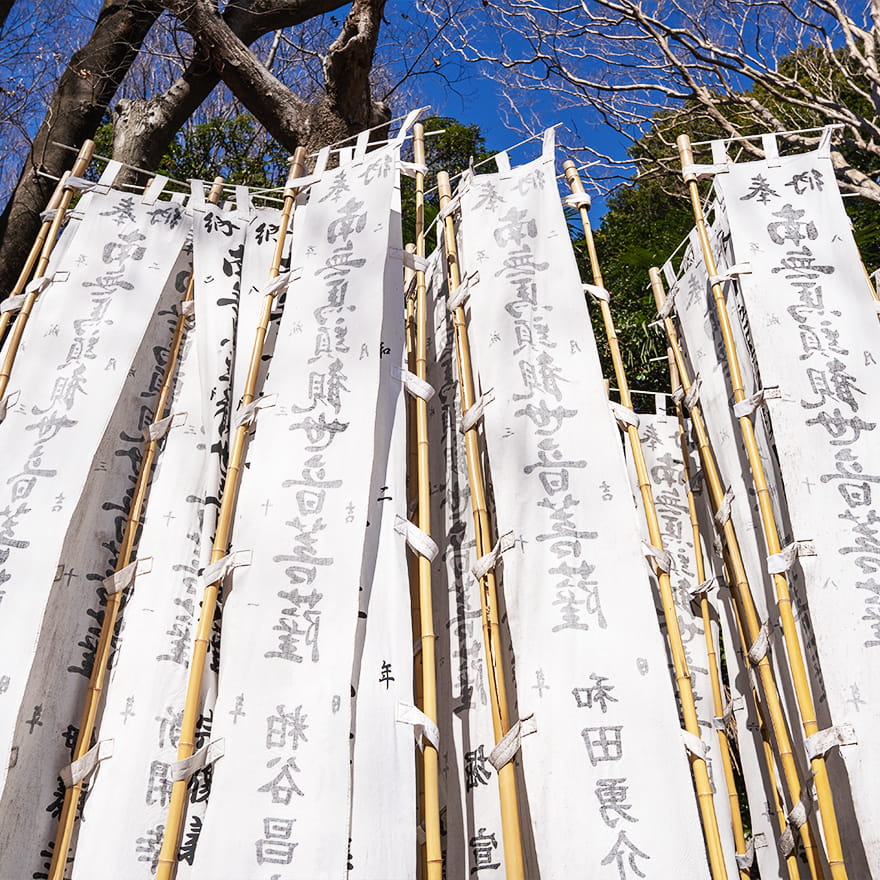
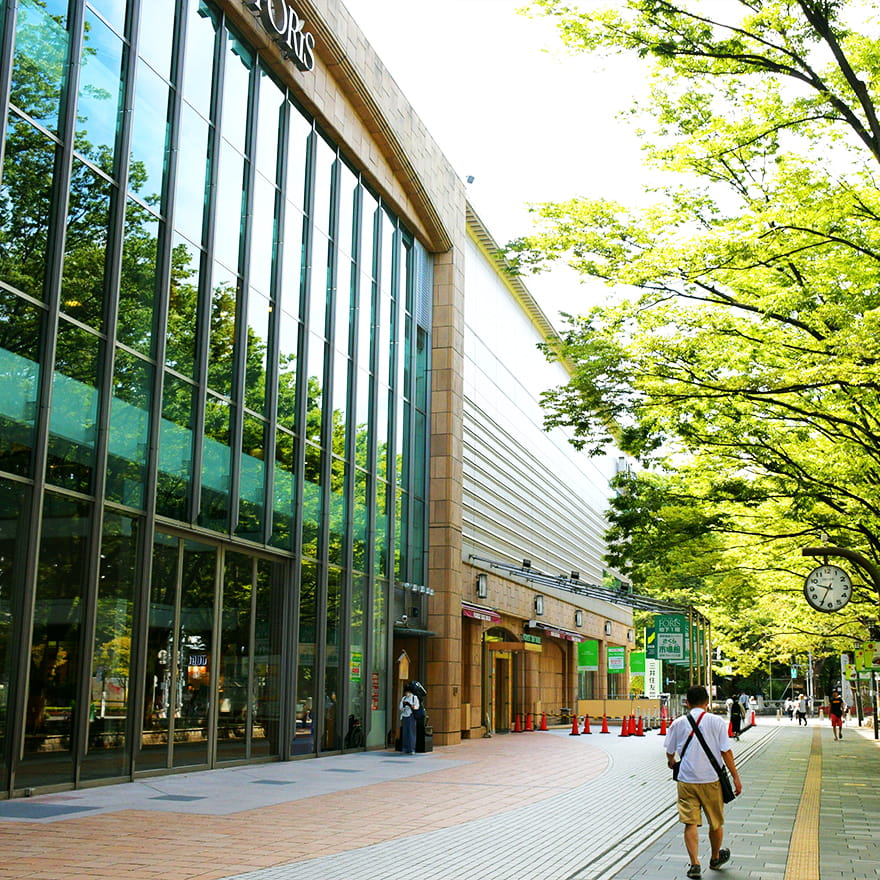
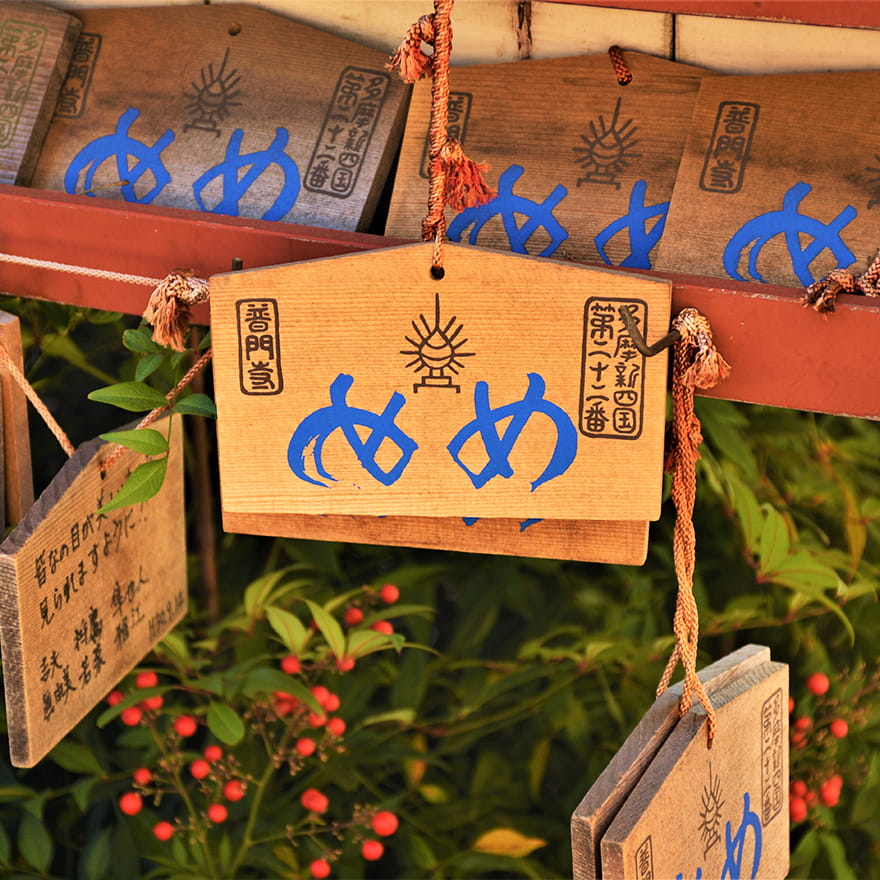
Fuchu – Best Hidden Secrets
-Journey via 12 Silhouette Cards-

Course DKeyaki Namiki and
Fuchu Shuku Route
(located just next to the big tori gate outside of Ookunitama-jinja Shrine).
Koshu Kaido and Fuchu Shuku
The passage linking Nihonbashi to the Kai Province (present day Yamanashi Prefecture) is called Koshu Kaido. Along it sits a number of lodgings and post towns that boomed during the 18th and 19th centuries. Towns like these were home to streets lined with different lodgings and eateries for the passing traveller, and could house up to 3,000 people in their heyday. Even today, there's one rare spot that's still runs in the same line of business, "Hotel Matsumotoya 1725".
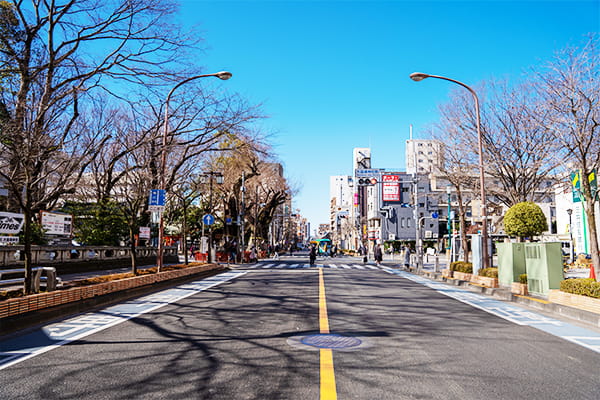
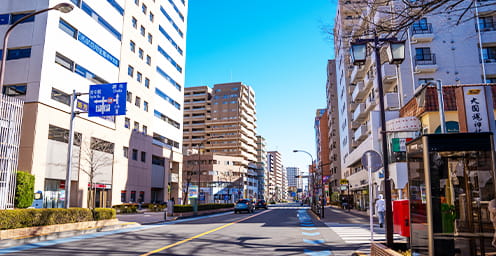

Remains of the Anzaisho (Provisional Lodging) for Emperor Meiji
This was the former residence of Sanshiro Tanaka and an esteemed merchant estate in the Fuchu Shuku post town. Between the years 1880 and 1884, it served as a provisional lodging and rest stop for the Meiji Emperor during his stay. Today, only a historic monument remains.
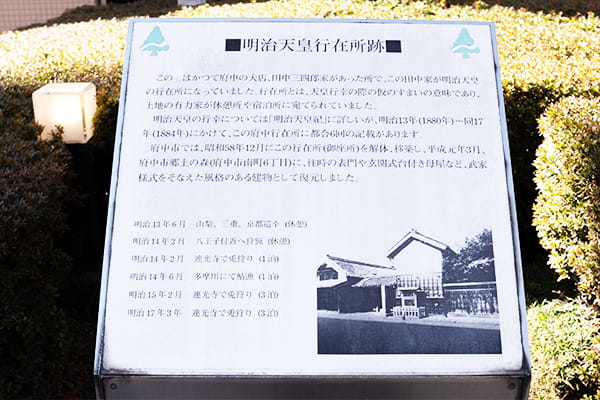
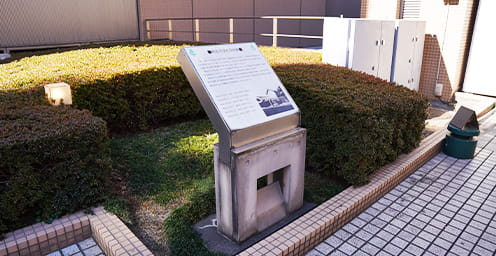

Babadaimon no Keyaki Namiki
Keyaki Namiki is a 500-meter long walkup that's flanked with over 120 Zelkova trees. The avenue serves as a promenade that leads to Okunitama-jinja Shrine, and remains the sole National Natural Monument in Japan to be designated for its Zelkova trees. The tree-lined walk boasts a few different origin stories. One includes the story of samurai Minamoto no Yoshiie and his father Minamoto no Yoriyoshi, who first prayed here before heading north to battle in Tohoku, but returned to donate saplings after returning safely at the end of the Heian Period (beginning of the 11th century). In the spring, the Keyaki Namiki road becomes a lush, green color, drawing many local crowds.
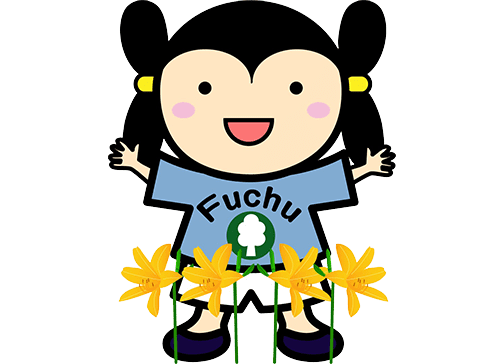

- Name in Japanese
- 馬場大門のケヤキ並木
- Postal Code
- 183-0023
- Address
- 2-2 Miyamachi to 2-9 Kotobukicho (until Sakura-dori), Fuchu City, Tokyo
- Admission
- Free
- Closed
- Open All Year
- Access
- 1 min. walk from Fuchu Station on the Keio Line.
Kosatsuba
At the intersection of the Koshu Kaido (now known as the Kyu Kaisho Kaido) and Kamakura Kaido roads sits a "kosatsu" post board, which served like a modern day "bulletin board", where new decrees and public announcements were shared. Next to the Kosatsuba sits a place called the "otabisho". This spot is where Okunitama no Ookami (the god enshrined at Okunitama-Jinja Shrine) is said to have come to earth. On May 5th during the Kurayami "Darkness" Festival, visitors can see a number of events and 8 different portable mikoshi shrines as they light up the night.

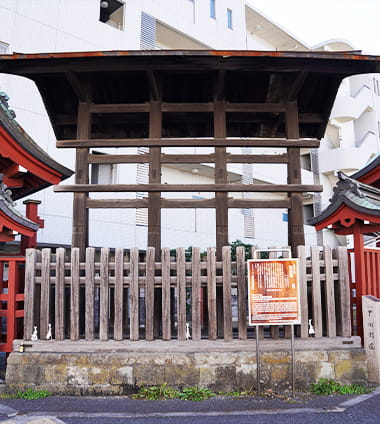
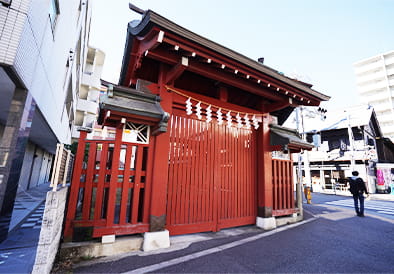
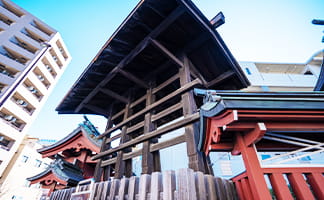

- Name in Japanese
- 高札場
- Postal Code
- 183-0022
- Address
- 5-1 Miyanishicho, Fuchu City, Tokyo
- Admission
- Free
- Access
- 6 min. walk from Fuchu-hommachi Station on the JR Musashino & Nambu Lines.
Shimogawara Green Pathway
The Shimogawara Green Pathway is a green-lined path along the abandoned train lines of the old Tokyo Gravel Railway, whose tracks were first laid in 1910. The railway was first built to gather and transport gravel, but was eventually closed in 1976. Today, the path is open only to pedestrians and bikers, used as a common road by local residents. This pathway appeared as a setting in the popular manga, "Chihayafuru" which is set in Fuchu City.
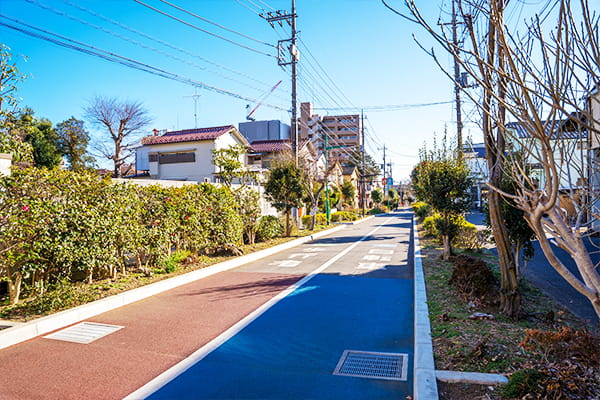
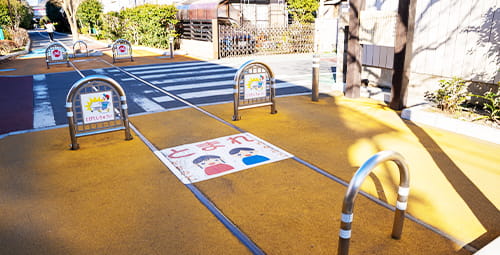


- Name in Japanese
- 下河原緑道
- Postal Code
- 183-0056
- Address
- 3 Chome Kotobuki Cho to Minamimachi 4 Chome, Fuchu City, Tokyo
- Admission
- Free
- Access
- 5 min. walk from Fuchu-hommachi Station on the JR Musashino & Nambu Lines.

